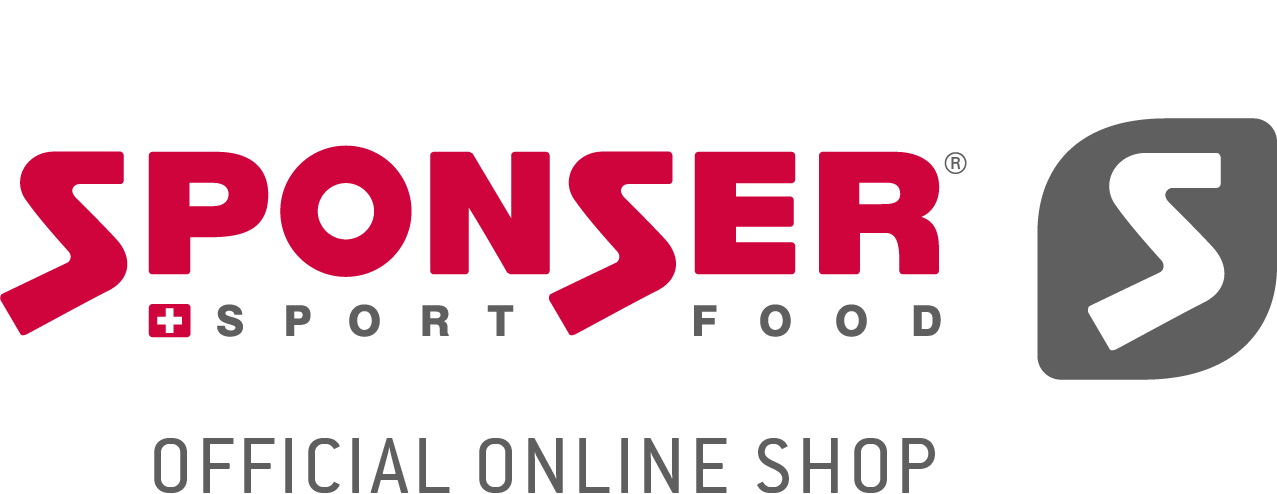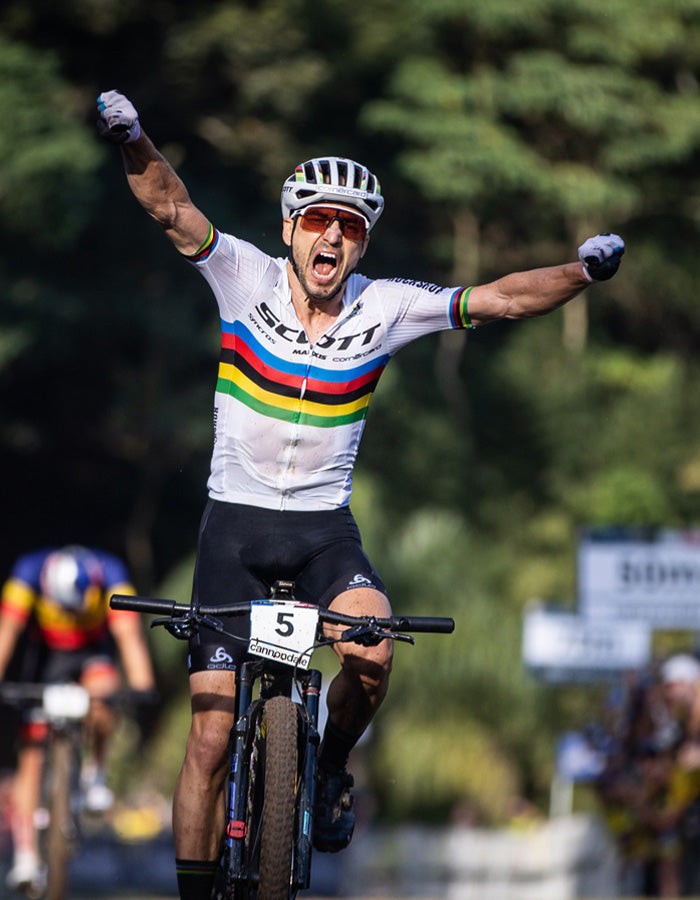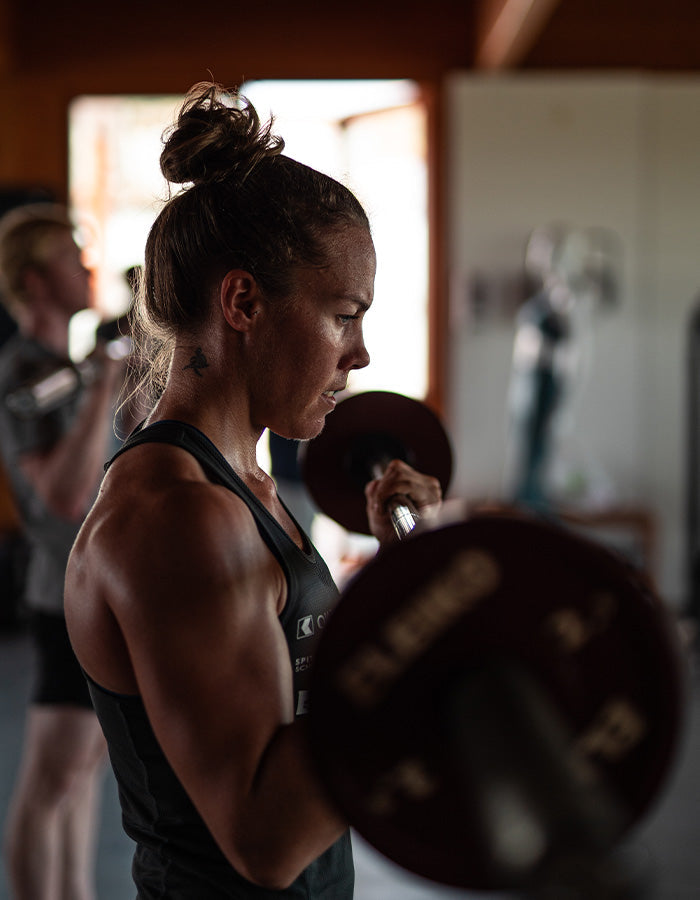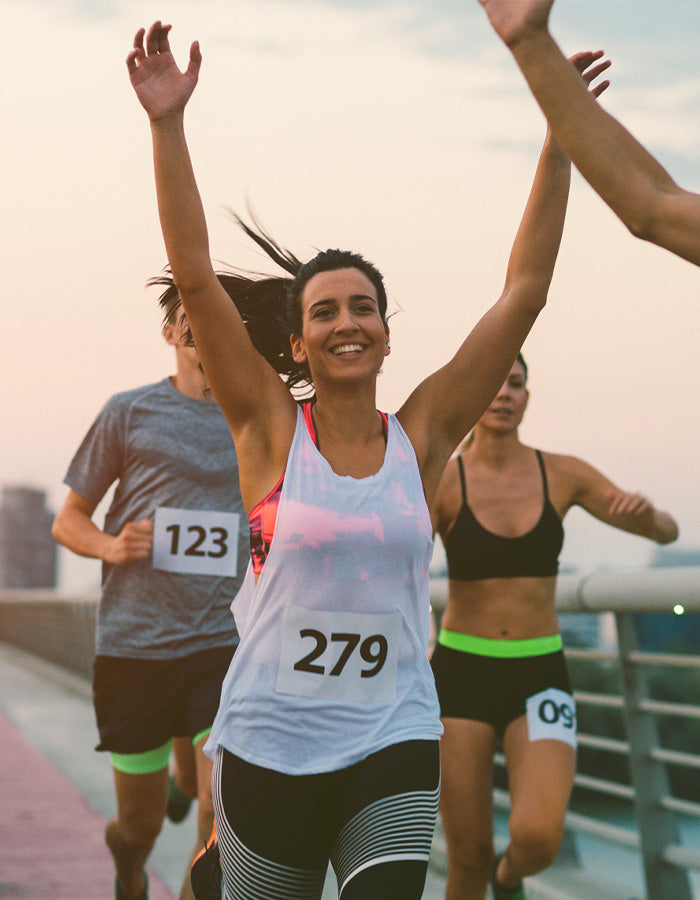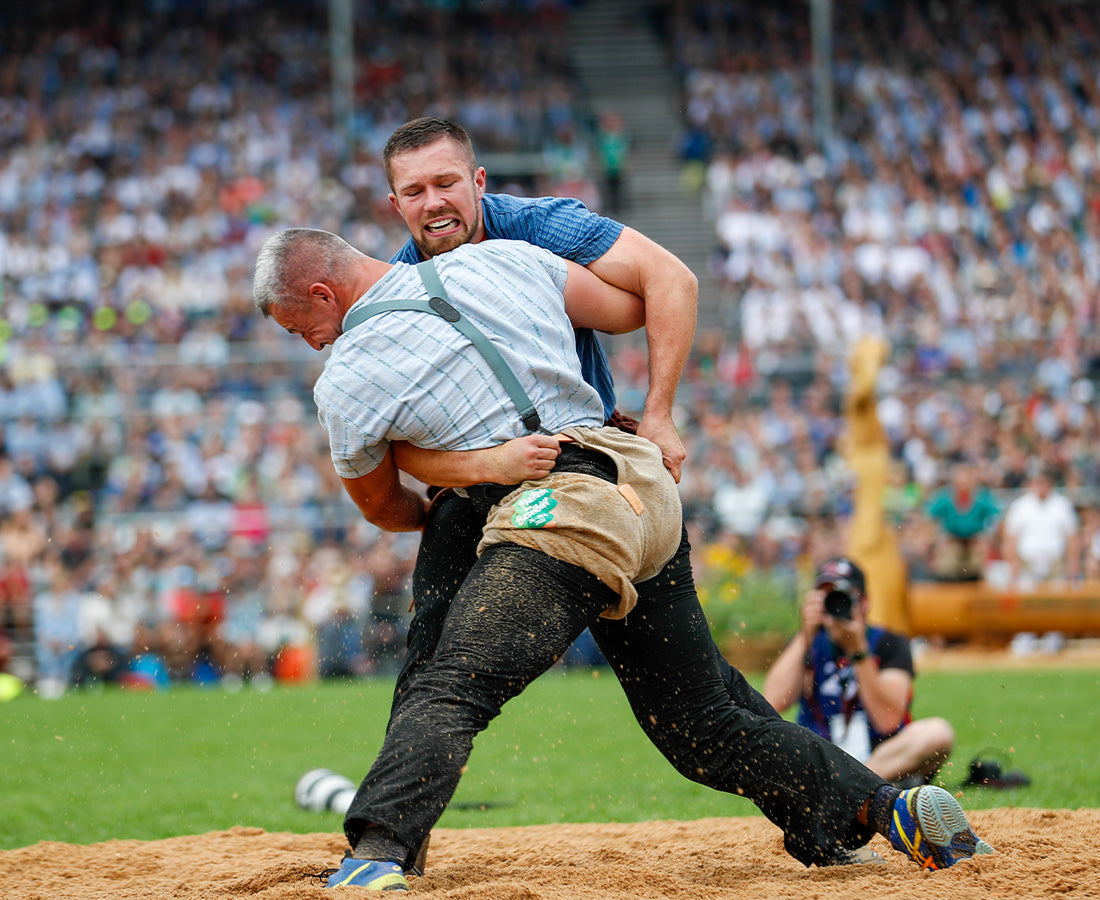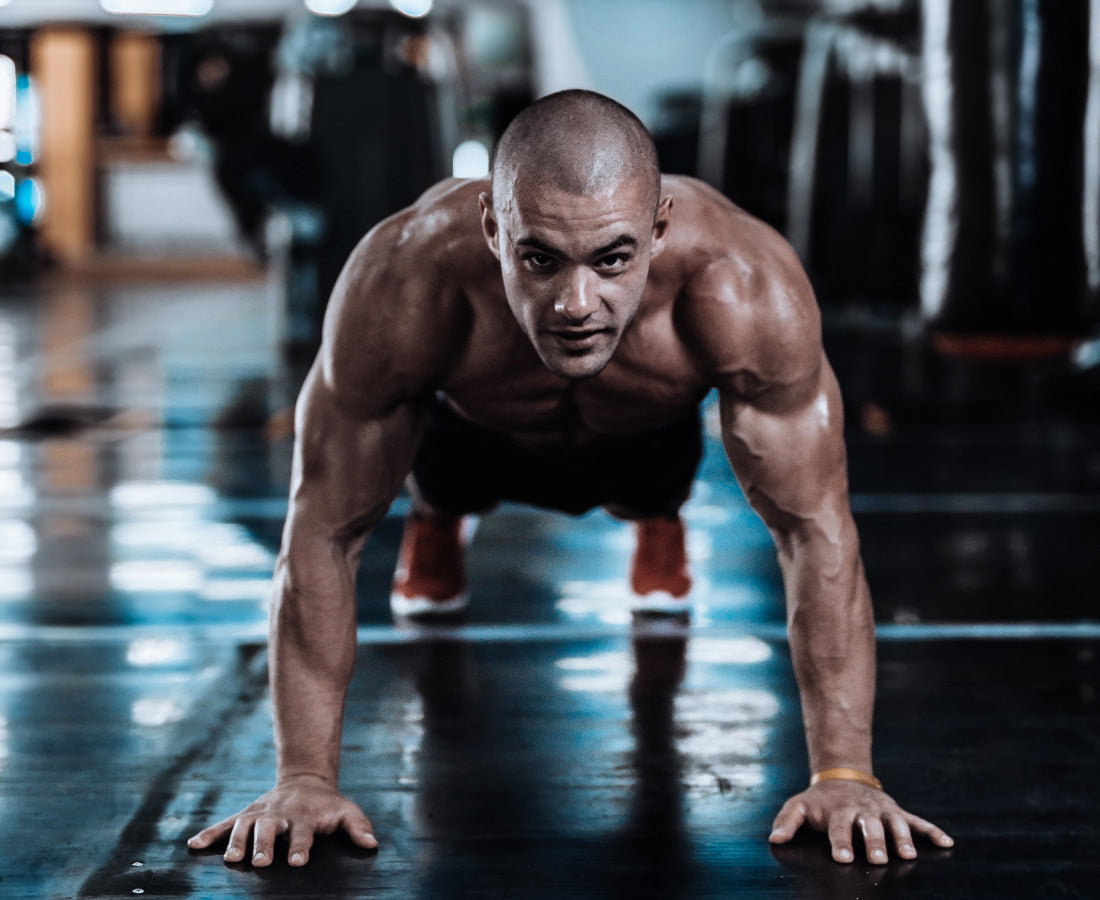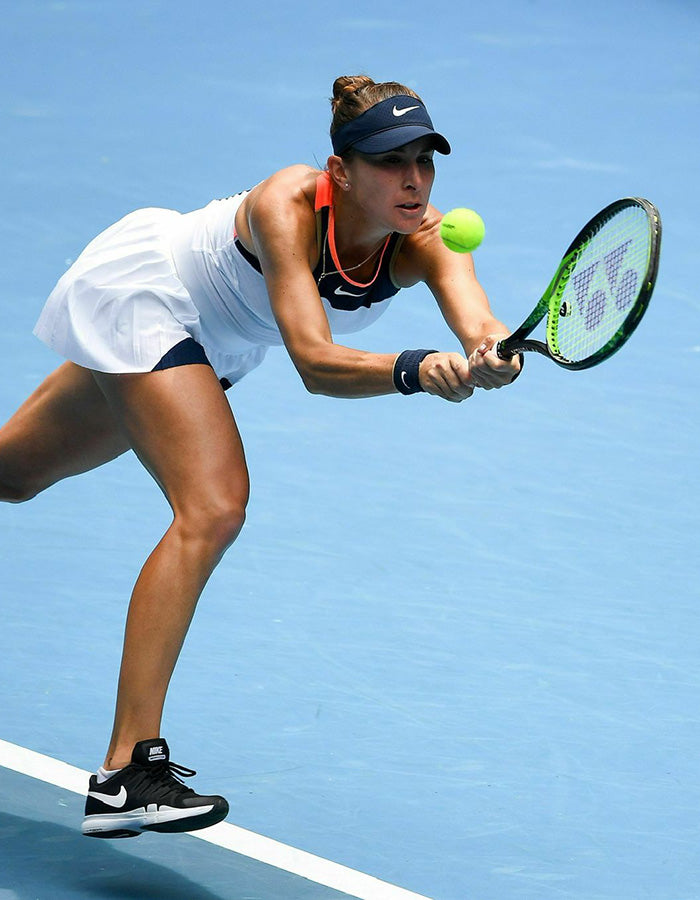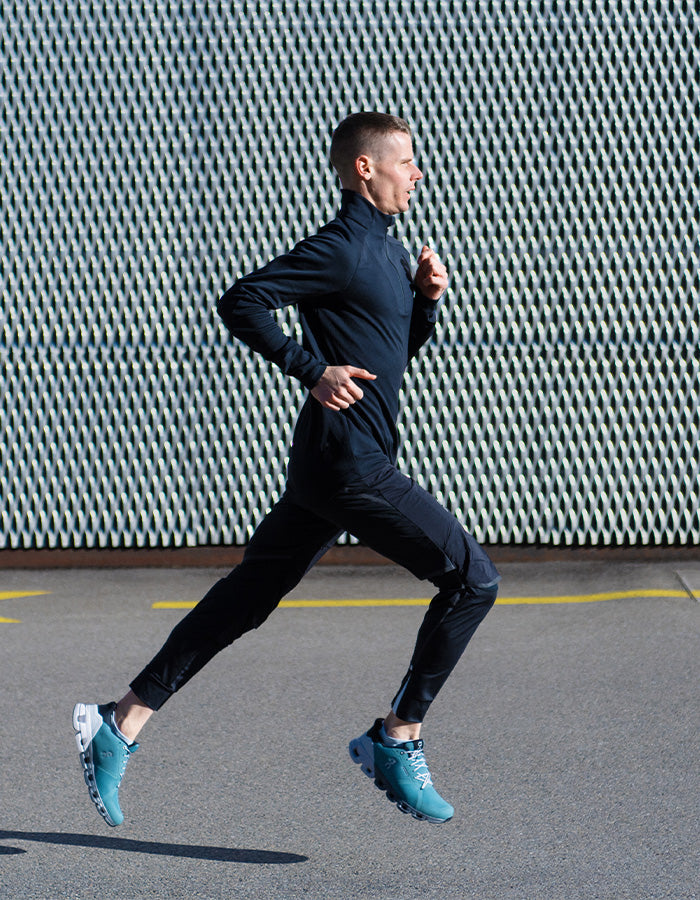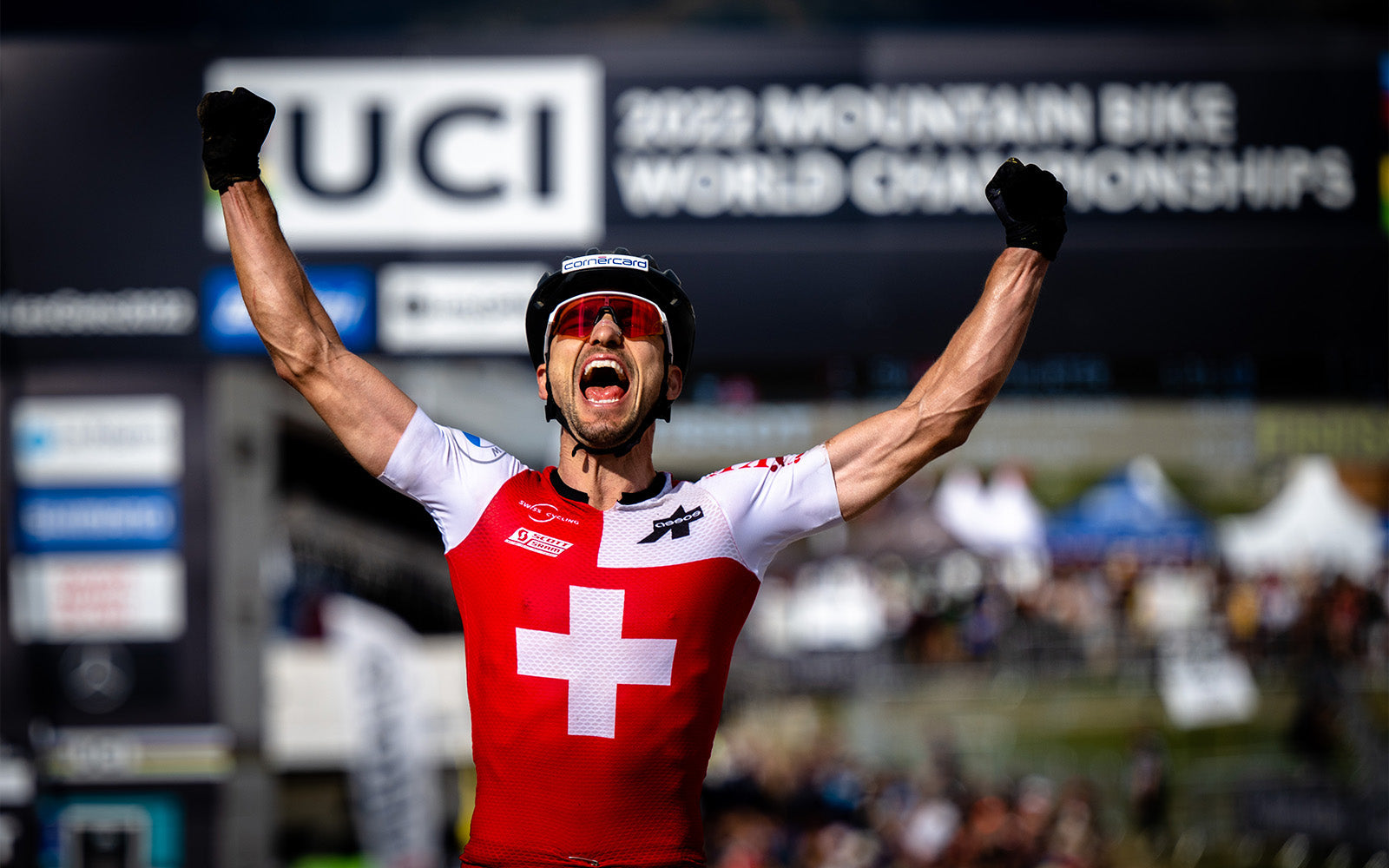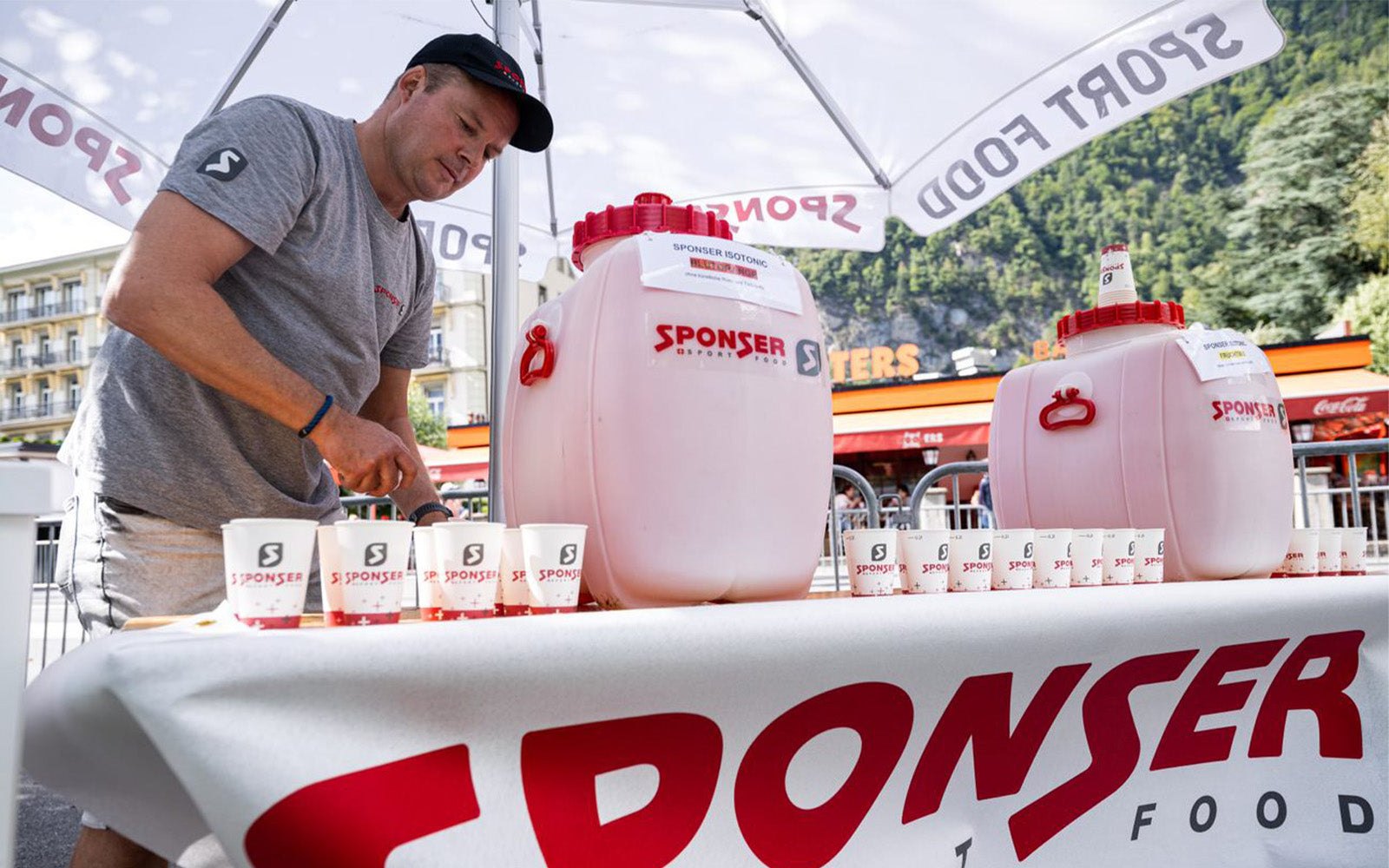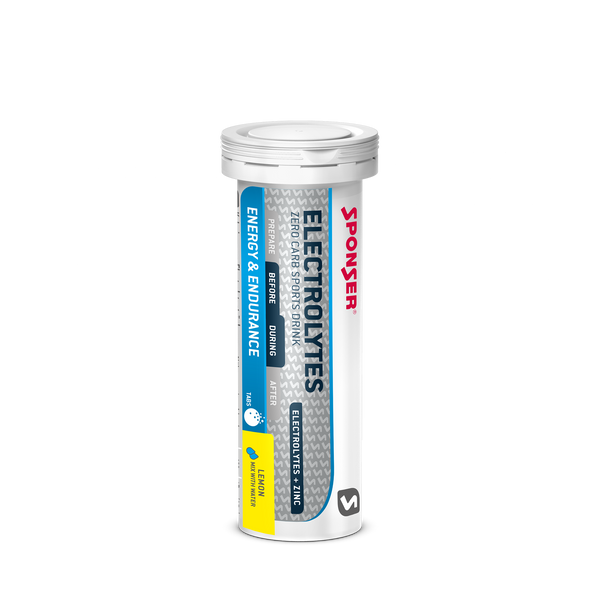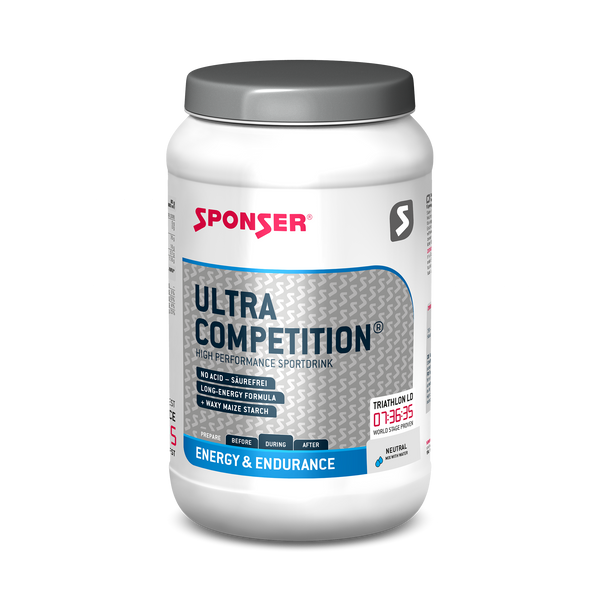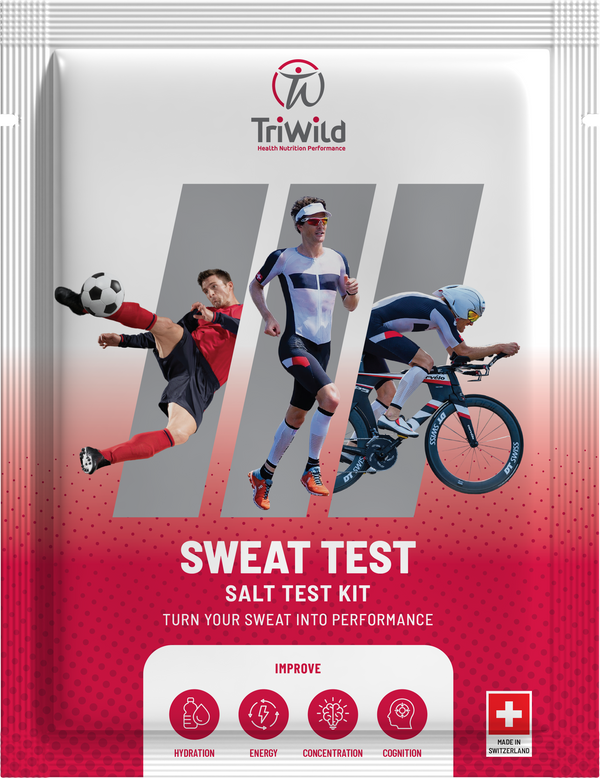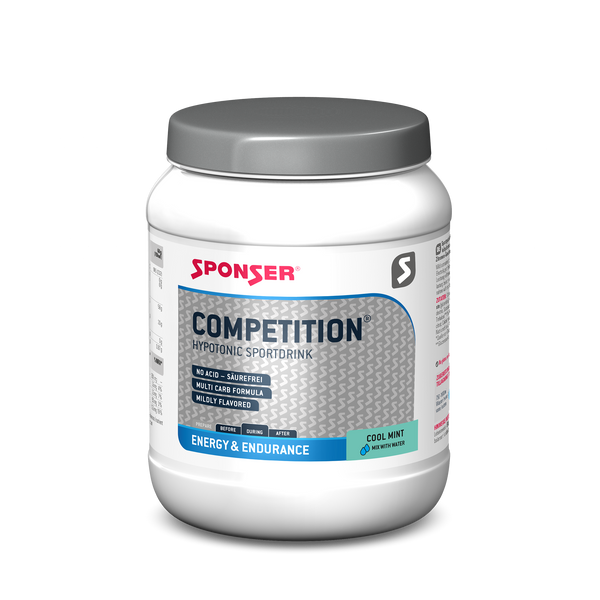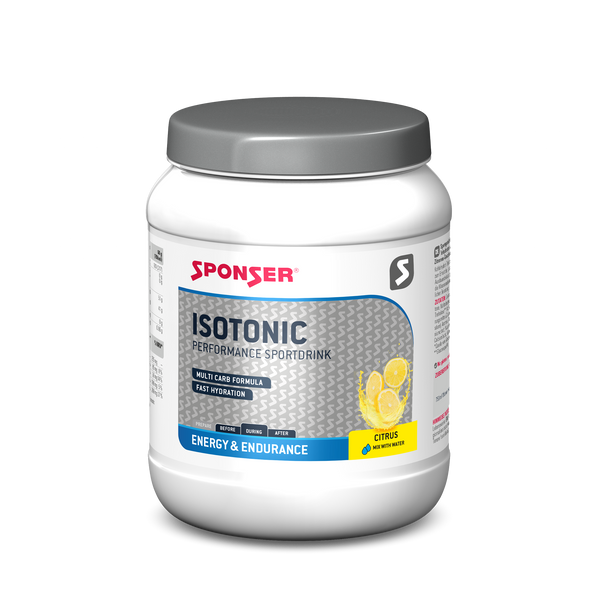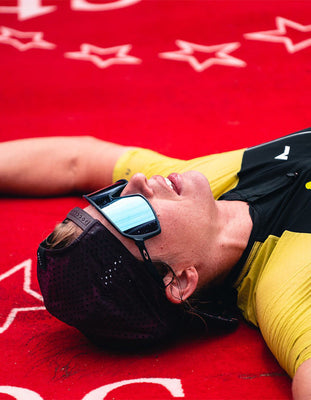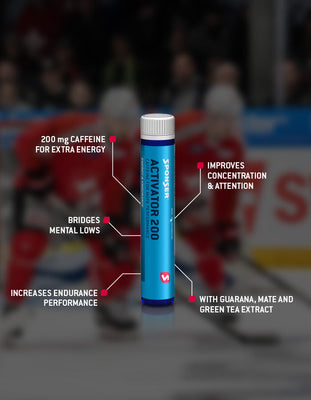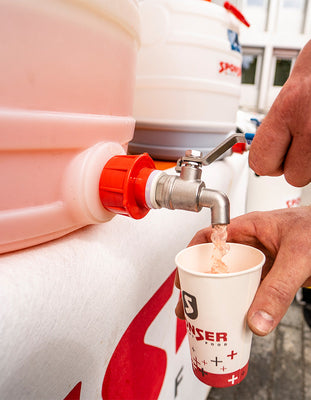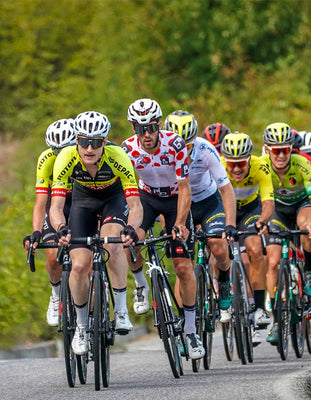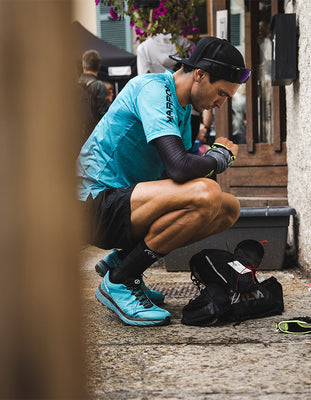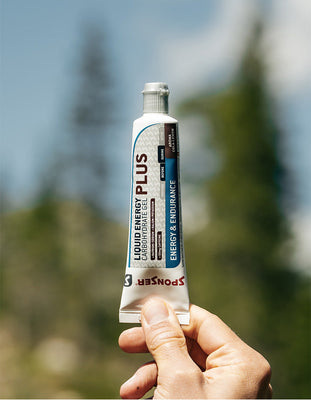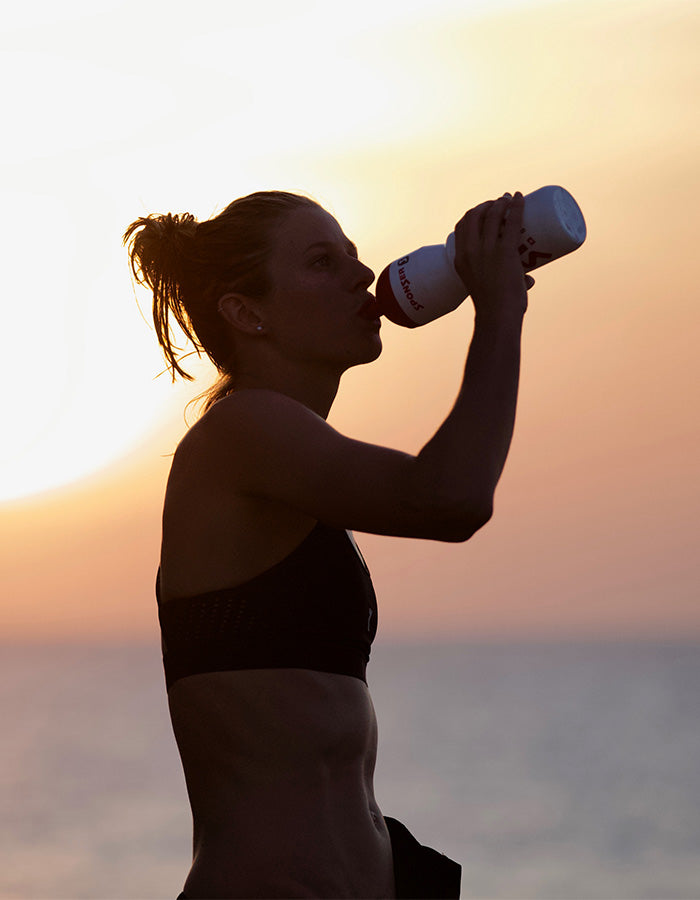
Photo credit: ZVG I. Simmonds
Fluid requirements during physical activity
Fluid loss in sports is more relevant than ever during the hot summer season. Besides sufficient energy, fluid replacement during training or competition is considered the most important performance factor. Read in this article what athletes should know about drinking and take advantage of our drinking guideline, which can be applied to many sports.
The body absorbs fluid through food and beverages and loses it again through urine, skin, stool and lungs. Physical activity and sweating significantly increases fluid losses, requiring also increased drinking volumes during and after exercise. The amount of sweat loss, besides from ambient temperature and selected intensity, depends also on other environmental conditions. For example, the choice of clothes and sunscreen play an essential role. If you wear heat-storing clothing, the captured heat will increase body temperature and the cooling effect of sweating is considerably diminished. Sunscreen which are poorly absorbed by the skin, will also hinder the evaporation of perspiration.
Individual variation of ideal drinking volumes
The maximum sweating rates range between 2 to 3 litres per hour at high-intensity loads and in a hot climate. In most sports and under normal conditions, however, the sweat losses are usually around 1 litre per hour or even lower. Numerous studies have shown that sweat losses vary substantially between athletes. For this reason, a generalization of fluid intake is difficult. The individual fluid intake and losses can be determined relatively easily by weighing. Decisive is the body weight before and after the activity. A helpful method to determine the individual drinking volume is provided by the hydration calculator (only available in German on the website of the Swiss Sports Nutrition Society). If this procedure is still too complicated, one should follow the following thumb rule: «Drink 0.4 to 0.8 litres per hour of activity, according to the feeling of thirst!»
Determine your individual salt or sodium loss in sweat
Electrolytes, and in particular sodium as an important component of salt, influence energy levels, hydration, cramp susceptibility, heart and brain function and have a preventive effect on hyponatremia. Particularly during prolonged exercise over several hours, it is important to adequately replace your salt and sodium loss in order to prevent performance decline. SPONSER® deems the rapid progress in measuring individual sweat and salt losses as a relevant topic for sports nutrition due to the strongly varying individual values. A sweat analysis with the SWEAT PACK test kit can be an interesting and potentially performance-enhancing tool for competitive athletes and helps to determine an individual drinking and nutrition strategy.
Drinking during physical activity
Body fluid loss mainly origins from the blood plasma, which leads to a reduction in blood volume and thus to a drop in blood pressure. A fluid loss of 2% of body weight, which corresponds to approximately to 1.4 kg in a 70 kg athlete, leads in the medium term already to a reduced performance. Beyond a fluid deficit of 5%, performance can no longer be maintained. The consequences are fatigue, apathy, vomiting and cramps, usually leading to exhaustion and failure to maintain any physical activity. As with everything else, the same applies to drinking volumes: «All with measure».
Beware of excessive drinking!
Excessive drinking is just as critical as insufficient intake. Therefore, both amateur and competitive athletes should primarily try to drink after thirst. Usually this routine will fit the individual needs. Excessive fluid intake can not only impair performance, but in extreme cases even become life-threatening if it leads to so-called hyponatremia due to sodium deficiency. Hyponatremia is a state of (too much) diluted blood plasma with a concomitant lack of sodium, as the kidneys cannot excrete water quickly enough. Such incidents became known at well-known running events in the USA. The examination showed that especially slow runners were prone to hyperhydration, who only consumed plain water and while running at a low intensity during marathons. If, on the other hand, electrolyte drinks are consumed, there is only a minimum risk to develop hyponatremia. A disadvantageous side effect of hyperhydration with plain water is that you would have to urinate very frequently.
There are clear risk factors identified with regard to excessive drinking:
• slow running speed and/or low intensity
• lacking experience
• female athletes
• high availability of beverages
• duration > 4 h
• unusually cold or warm climate/weather
Suitable sports drinks
The stomach fulfils the function of a reservoir which controls its emptying into the small intestine. Factors such as nutrient content, food consistency, amount of solids and temperature of fluid or food affect emptying time. For athletes who are exposed to hot temperatures, the energy density of the drink is particularly important. Because with higher energy concentration the gastric emptying time is delayed. As a result, liquid is released in portions into the intestine. If the drink also contains glucose and sodium, the liquid is optimally absorbed from the intestine into the blood. It is recommended to ensure that a drink has a slightly lower osmolarity (slightly less electrolytes and sugar components) than the blood. In addition, the acid content should be relatively low, which supports gastrointestinal tolerance. The following factors play a role in the choice of a suitable sports drink:
Osmolality
Osmotic pressure is determined by the substances contained in a solution, such as sugars and electrolytes. The osmotic pressure of a sports drink should be equal to or lower than the osmotic pressure of the blood. If the osmotic pressure of a drink is higher than that of the blood, the liquid in the intestine would first draw water from the body until equal pressure, i.e. concentration, is reached. This would cause the opposite, at least until equal osmolality is reached, namely dehydration.
Isotonic/Hypotonic
Isotonic drinks contain the same concentration of dissolved substances as blood. Fluid and nutrients thus enter the circulation quickly. Hypotonic drinks, on the other hand, have a slightly lower concentration and are generally better tolerated. Usually they also contain a broader sugar spectrum, which serves a long-lasting energy supply.
Carbohydrates
The type of carbohydrates is also important for rehydration speed. Since small carbohydrate molecules such as maltose, glucose and sucrose increase osmolarity and thus indirectly lead to a temporary reflux of fluid into the intestines from the blood, long-chain carbohydrates such as maltodextrin and starch are preferably used. Furthermore, sotonic/hypotonic beverages containing only glucose or maltose increase blood sugar content very quickly. And last but not least, fructose in a certain ratio helps to further increase energy intake per time unit, since it is absorbed differently and metabolised by the liver.
Sodium
Sodium is important to maintain the body's water balance. It is absorbed together with carbohydrates into the blood, which increases blood osmolality and in turn causes further absorption of water.
Electrolytes and vitamins
Other electrolytes and vitamins are not directly needed for rehydration purposes. However, they are partly added due to subordinate functions.
The ideal drinking routine in various sports
This drinking guideline summarises what is important when it comes to hydration and gives tips for putting together an individual drinking schedule.
» all sports drinks from SPONSER in an overview (PDF)
Related articles
shop » energy & hydration
on » fluids
on » race nutrition
on » performance optimisation
Author: Remo Jutzeler
Head R&D SPONSER SPORT FOOD
Ing. Applied Food Sciences FH
MAS Nutrition & Health ETHZ
